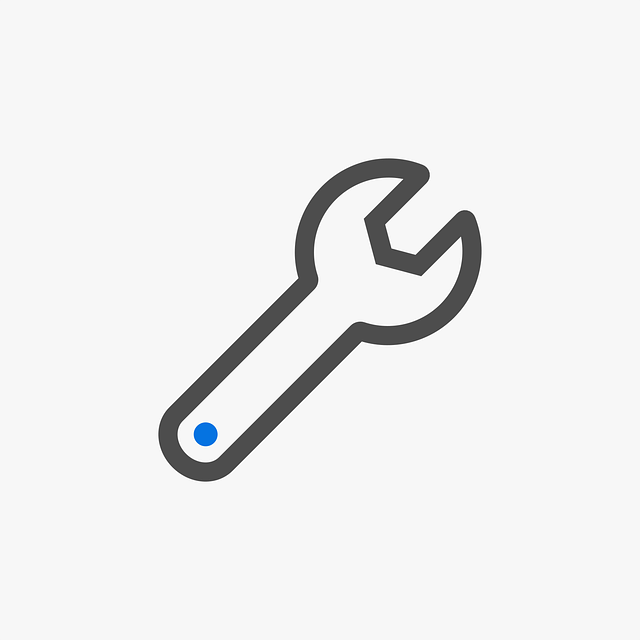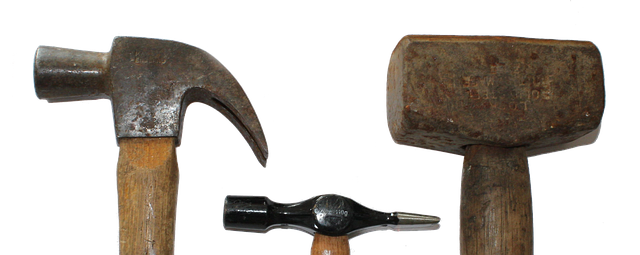Sewer lines, crucial for urban areas, face issues like clogs and pipe corrosion, requiring prompt professional intervention. Regular inspections prevent severe damage & costly repairs. Modern techniques like no-dig technology, HDPE pipes, and robotics streamline repairs, minimizing disruptions. Choosing experienced professionals with fast response times is key. Long-term reliability through regular maintenance and advanced materials further reduces repair needs. Case studies show successful implementations of modern technology in sewer repair, offering significant time and cost savings.
“Experience swift and efficient Sewer Repair with modern, innovative techniques. This comprehensive guide explores common sewer line issues, emphasizing the importance of prompt repairs for preventing costly damage. Discover the benefits of quick response, learn about advanced repair methods, and find out how to choose expert professionals. Additionally, explore effective prevention strategies and inspiring case studies showcasing successful fast sewer repair projects.”
Understanding Common Sewer Line Issues

Sewer lines are an essential part of any urban infrastructure, but they’re not immune to issues that can cause costly and inconvenient disruptions. Understanding common sewer line problems is the first step in effective maintenance and timely repairs. Clogs are a frequent issue, often caused by foreign objects, grease buildup, or tree roots encroaching on pipes. These obstructions can lead to slow drainage or complete blockages, requiring immediate attention from professionals equipped with advanced root-cutting tools and hydro-jetting technology for deep cleaning.
Another prevalent problem is pipe corrosion, which weakens sewer lines over time, especially in areas with high moisture content or poor drainage. This gradual deterioration can result in leaks, cracks, or even complete collapse of the pipes. Identifying these issues early through regular inspections is crucial for preventing further damage and costly sewer repairs. Prompt action by homeowners and efficient, specialized services are key to maintaining smooth and reliable sewer systems.
The Benefits of Prompt Repair

Prompt sewer line repair offers numerous advantages that go beyond simply fixing a temporary issue. When a sewer line problem is left unattended, it can lead to more severe and costly damage. By addressing the issue swiftly, homeowners and business owners alike can prevent extensive repairs later on, saving significant time and money in the long run. This is especially true for older pipes that are more susceptible to corrosion and breakage.
Additionally, quick sewer repair helps maintain the efficiency of plumbing systems. A blocked or damaged line can disrupt water flow, leading to slow drains and potential backups. Prompt intervention ensures these systems operate at their best, preventing disruptions in daily routines and keeping homes and businesses running smoothly.
Modern Methods for Efficient Repairs

In today’s digital era, modern methods have revolutionized sewer repair processes, ensuring faster and more efficient fixes. One notable approach is the use of advanced robotics and remote-controlled equipment, allowing technicians to access and repair hard-to-reach areas without traditional excavation. This technique, often referred to as “no-dig” technology, minimizes disruptions to roads, properties, and daily life, making it an eco-friendly and cost-effective solution for sewer repair.
Additionally, innovative materials like high-density polyethylene (HDPE) and fiber-reinforced composites are transforming the industry. These lightweight, durable materials enable faster installation of new sewer lines and repairs, reducing labor costs and project timelines. With such advancements, efficient sewer repair has become a reality, providing communities with reliable infrastructure while minimizing inconveniences.
Choosing the Right Professionals

When it comes to fast sewer line repair, choosing the right professionals is paramount. Look for a company with extensive experience in sewer repair services and a proven track record of successful projects. This ensures that they possess the necessary skills and expertise to handle your issue efficiently. Reputable companies will also be insured and licensed, safeguarding you from potential risks and guaranteeing high-quality work.
Additionally, consider their response time and customer reviews. A swift response indicates preparedness and professionalism, while positive feedback from previous clients speaks volumes about their reliability and the quality of their sewer repair services. Prioritizing these factors ensures a seamless and effective sewer repair process.
Prevention Strategies for Long-Term Reliability

To ensure long-term reliability in sewer repair, it’s essential to implement robust prevention strategies. Regular maintenance plays a crucial role; scheduling routine inspections helps identify potential issues early on. This proactive approach allows for minor repairs before they escalate into major, costly problems. By checking for blockages, leaks, and structural damage, maintenance teams can maintain the integrity of the sewer system.
Additionally, using high-quality materials during repairs and replacements is vital. Investing in durable pipes and advanced repair techniques not only extends the life of the sewer lines but also minimizes the frequency of future repairs. Preventive measures such as these contribute to a more efficient and reliable sewer system, ultimately saving time, money, and resources for both homeowners and municipalities alike.
Case Studies: Successful Fast Sewer Repair Projects

In recent years, several fast sewer repair projects have showcased the transformative power of innovative techniques in minimizing disruption and maximizing efficiency. One notable case study involves a major city that faced a severe blockage in its ancient sewer lines. Traditional methods would have required extensive excavation and time-consuming manual labor. However, by employing advanced hydraulic cutting technology, workers were able to remove problematic sections swiftly, replacing them with new, pre-fabricated pipe segments. This project not only reduced the closure of critical roads but also restored the city’s sewage system to optimal performance in record time.
Another successful example highlights a suburban area where a local utility company implemented a real-time monitoring system for sewer lines. By integrating advanced sensors and data analytics, they could predict potential failures before they occurred. This proactive approach allowed for targeted repairs during scheduled maintenance windows, avoiding costly emergency fixes and minimizing customer inconveniences. These case studies underscore the benefits of embracing modern technology in the realm of sewer repair, offering both time and cost savings while enhancing overall system reliability.
